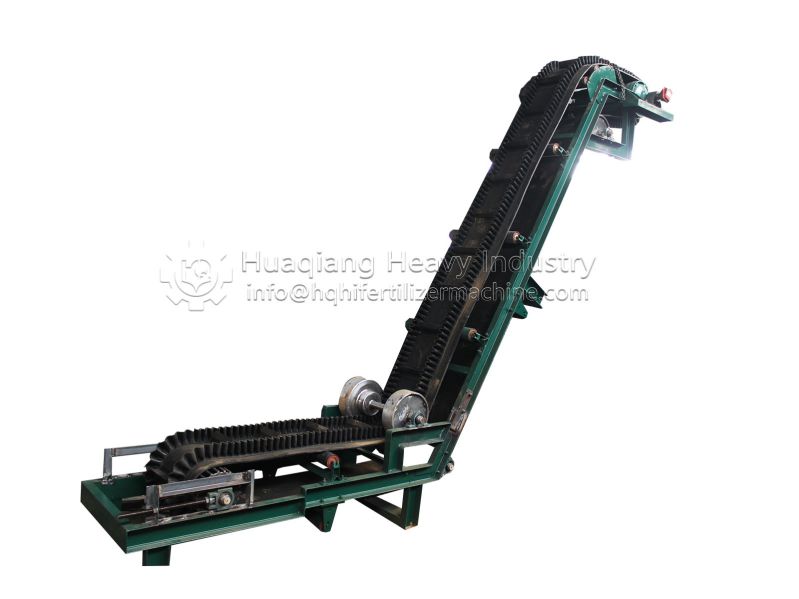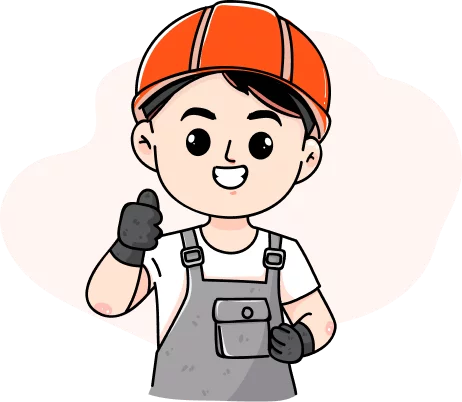In fertilizer granulation production, large angle belt conveyor, with their unique structural design and efficient conveying capacity, have become essential equipment in the fertilizer conveying field. Through the combination of corrugated sidewalls and transverse diaphragms, they achieve high-angle conveying (typically up to 30°-90°), or even vertical conveying, effectively solving the problems of traditional belt conveyors in conditions with limited space or requiring climbing slopes.

The core advantage of large angle belt conveyors lies in their adaptability and compact footprint. For example, in a fertilizer granulation production line, equipment must lift raw materials from a low-level storage silo to a higher-level storage silo. Conventional conveyors might require long horizontal transfers or complex transfer systems. Large angle belt conveyors, however, offer direct tilting or vertical lifting, significantly shortening conveyor routes and reducing energy consumption and maintenance costs. Furthermore, their enclosed design minimizes material spillage and dust pollution, complying with environmental regulations.
On the NPK fertilizer production line, large angle belt conveyors are often used in conjunction with fertilizer equipment such as fertilizer granulator. Fertilizer granulators are key equipment that convert powdered or mixed raw materials into granules through processes such as extrusion and rolling. The finished granulated product needs to be quickly transported to drying, cooling, or packaging processes. In these situations, high-angle belt conveyors can efficiently receive the granulated fertilizer from the granulator outlet and deliver it to subsequent equipment at a steady flow rate, ensuring production continuity. For example, in organic fertilizer production, the granules after wet granulation have a high moisture content. The high-angle belt conveyor’s non-slip design and wear-resistant material prevent material sticking or breakage, ensuring the quality of the finished product.





